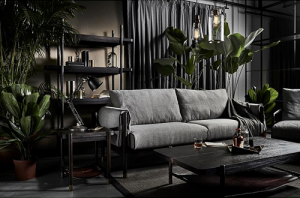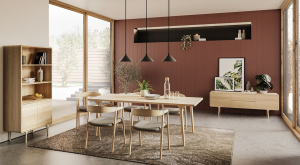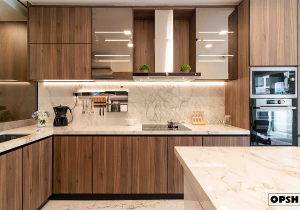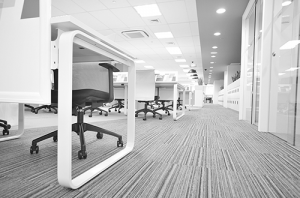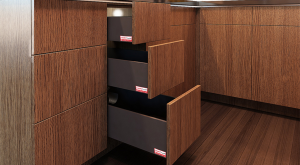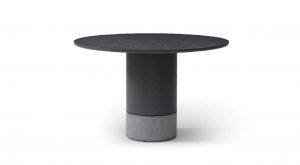Featured Post
Revamp Your Space: Eco-Friendly Home Improvement Projects
Overview: Transform your living space into an eco-friendly haven with these simple yet effective home improvement projects. From upcycling furniture to choosing sustainable fabrics, this guide will help you create a stylish and environmentally conscious home.
Main Content: I’ve always cared about sustainability. When I decided to renovate my home, I made sure every step was eco-friendly. One project I loved was learning how to refresh old furniture with new fabric. A simple update, like reupholstering a worn-out chair, can make it feel brand new. Years ago, I had an old couch that looked tired. I was amazed at how a fabric swap turned it into a cozy centerpiece.
Picking the right fabric took some trial and error. At first, I felt overwhelmed by all the options. Then I found organic cotton. It’s soft, lasts long, and grows without harmful pesticides. That’s a big deal for me—keeping my home green inside and out. Another win was my DIY dining table. I used reclaimed wood from an old barn. It was hard work, but now it’s the heart of my dining room.
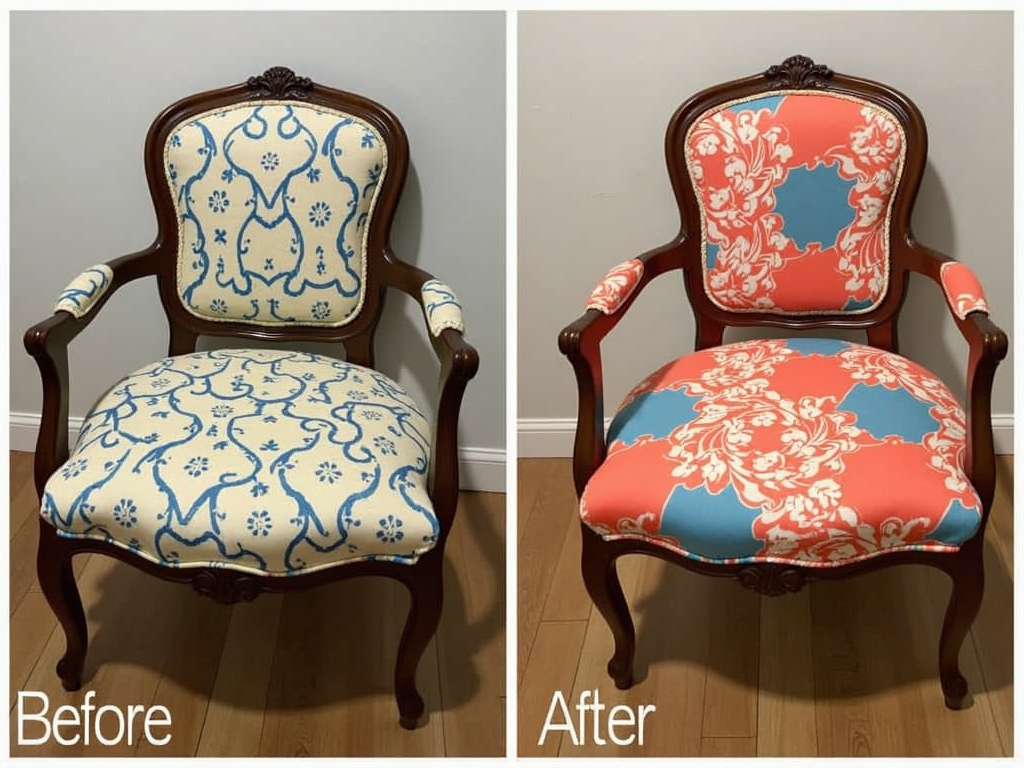
How to Choose Upholstery Fabrics: Style matters, but so does the planet. When picking upholstery fabrics, I look for sustainable options like organic cotton, hemp, or recycled polyester. These choices cut down on waste and give furniture a fresh, unique look. Hemp, for example, grows with little water, which I learned from Cornell University’s hemp research. It’s tough and eco-friendly—a perfect combo.
Here’s a quick breakdown of my favorite fabrics:
| Fabric Type | Eco-Friendly Features |
|---|---|
| Organic Cotton | Grown without pesticides, biodegradable |
| Hemp | Durable, requires less water to grow |
| Recycled Polyester | Made from recycled plastic bottles |
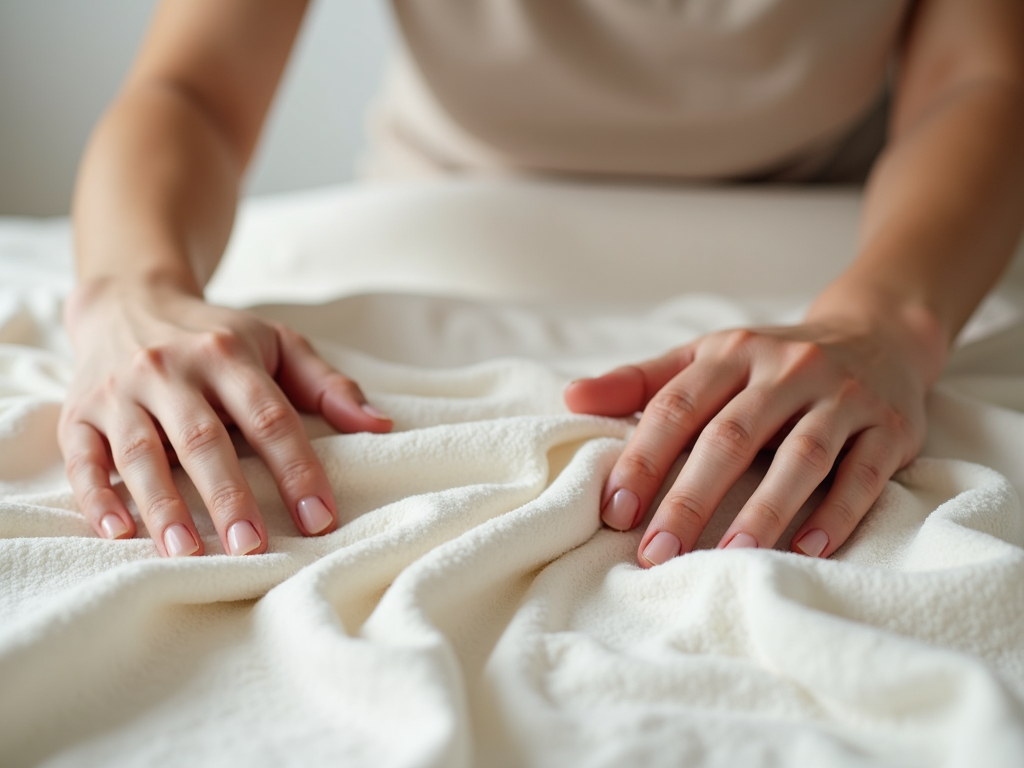
Furniture Care and Cleaning Guide: Keeping furniture in top shape doesn’t need harsh chemicals. I use vinegar and baking soda for wood surfaces—it’s natural and works great. For fabrics, I spot clean with mild detergent. Too much water can ruin the material, so I keep it light. This routine keeps my pieces looking good for years.

Other Eco-Friendly Projects: Furniture makeovers are just the start. I’ve swapped out old bulbs for LEDs to save energy. Low-VOC paints are another go-to—they cut down on indoor air pollution, which the EPA says is a big deal. I also added a small indoor garden with herbs. It’s easy and cleans the air.
Try these ideas: - Energy-Efficient Lighting: LED bulbs use less power and last longer. - Low-VOC Paints: Better for your lungs and the environment. - Indoor Garden: Herbs like basil purify air and taste great in meals.
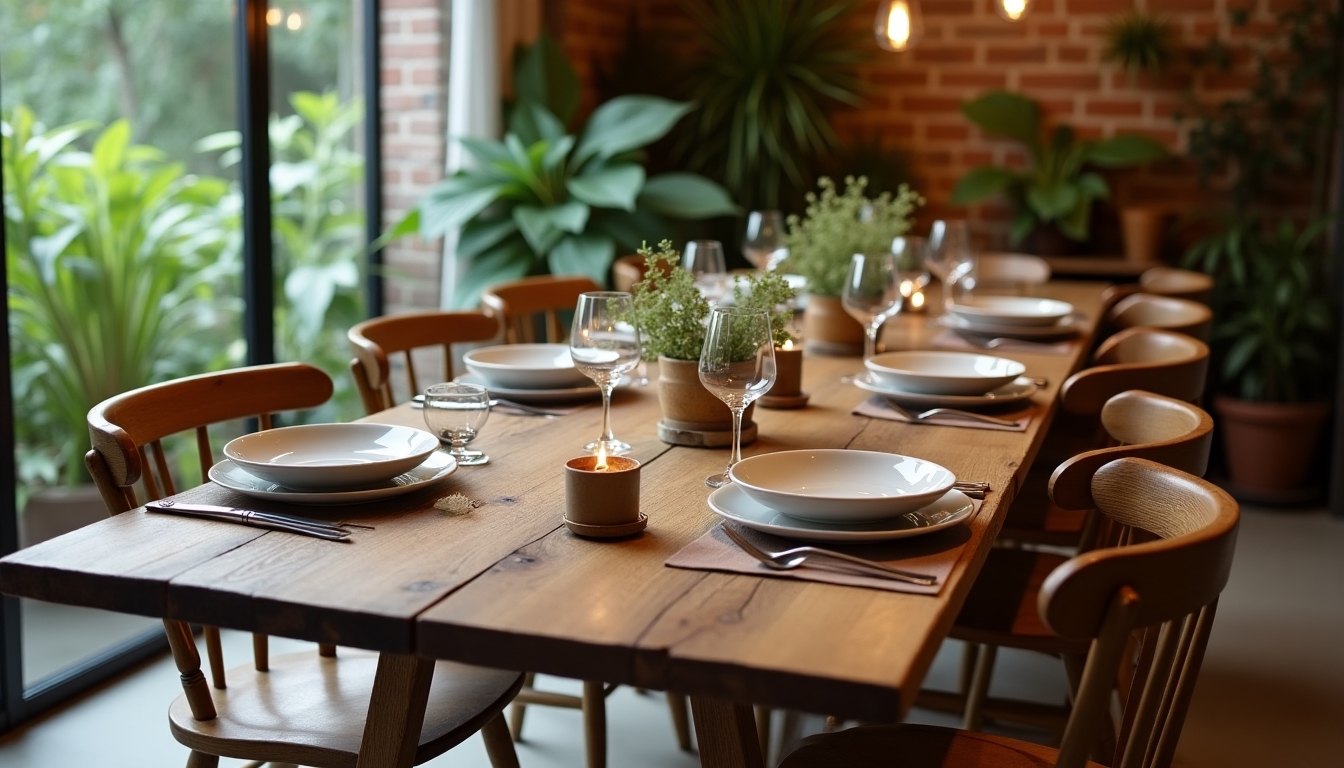
Research and Choose Wisely: Before any project, I dig into the details. Are the materials sustainable? Where do they come from? Sites like EcoWatch have been goldmines for finding green products. It takes time, but picking the right stuff makes all the difference.

Challenges and Solutions: Finding affordable eco-friendly materials was tricky at first. Prices can add up. My fix? Repurposing what I already had. I turned an old ladder into a bookshelf. It’s now a quirky spot for books and plants—proof you don’t need to spend big to go green.
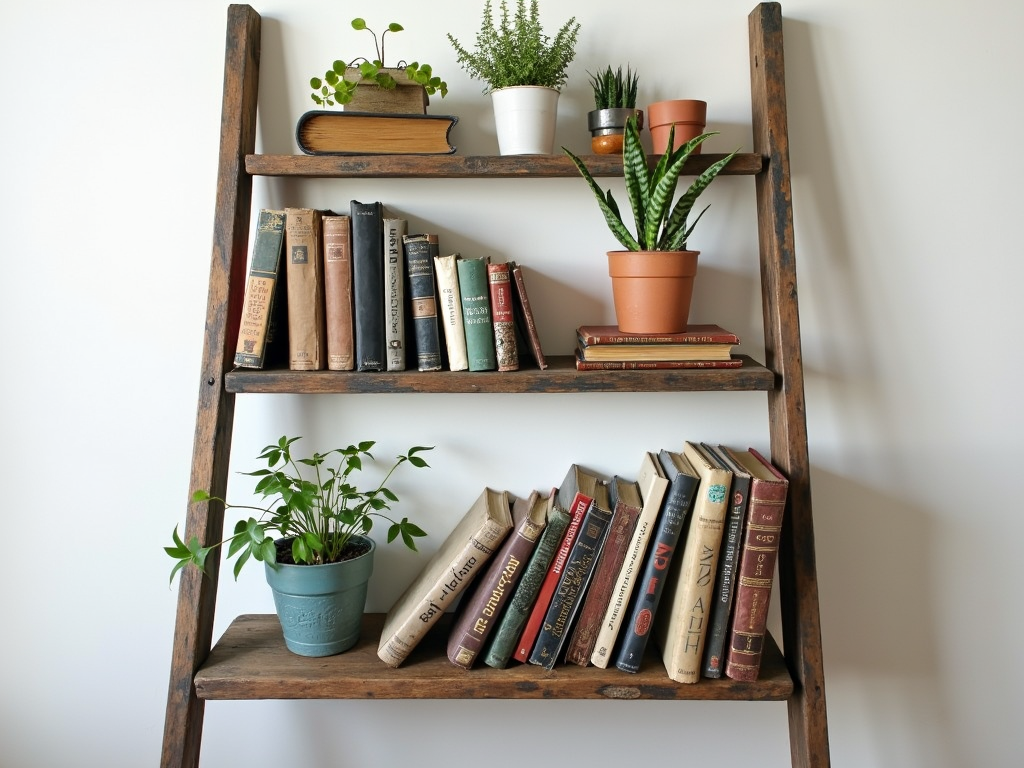
Impact of Eco-Friendly Projects: These changes reshaped my home and my habits. I buy less, choose better, and think long-term. It’s not just about looks—it’s about living lighter on the earth. That shift feels good every day.
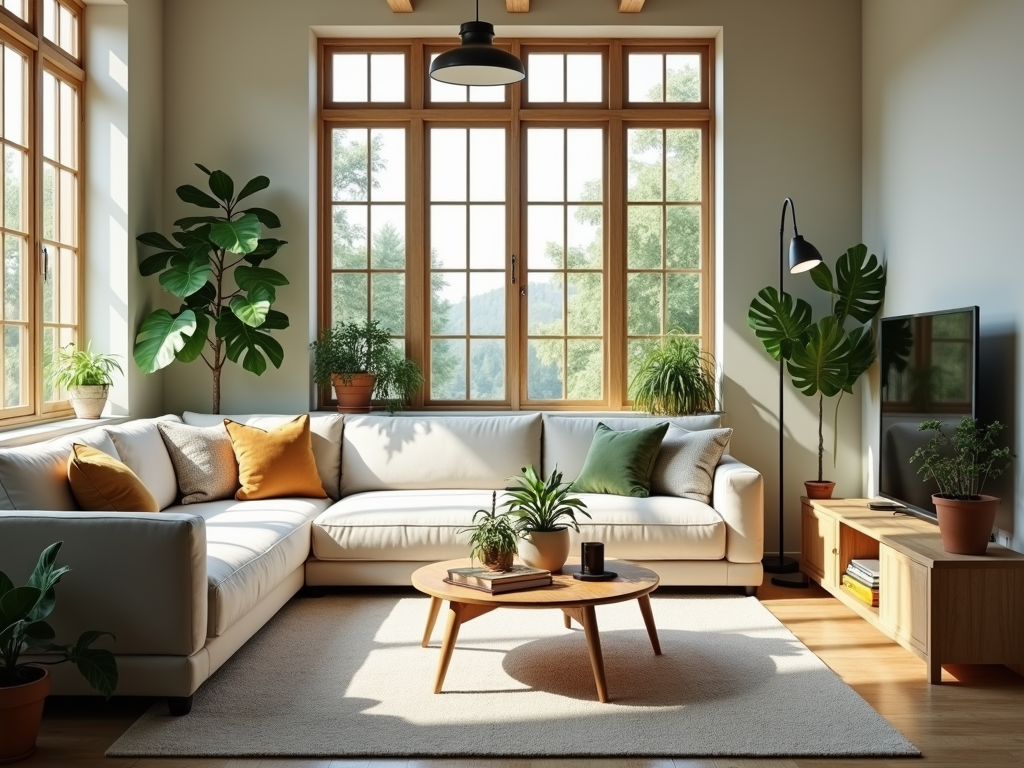
Budgeting for Eco-Friendly Projects: Some think green living costs too much. I disagree. Set a budget, hunt for deals, and shop second-hand. For my table project, I scored free wood from a neighbor. Planning keeps it affordable.

Long-Term Benefits: Going eco-friendly saves money over time. LEDs lower my electric bill. Durable materials mean fewer replacements. Plus, I’m helping the planet. It’s a small way to build a better future.

Community and Sharing Resources: I found a local group of green enthusiasts. We trade tips, tools, and even supplies. Last month, someone gave me leftover paint for free. Connecting with others makes this journey fun and cheap.
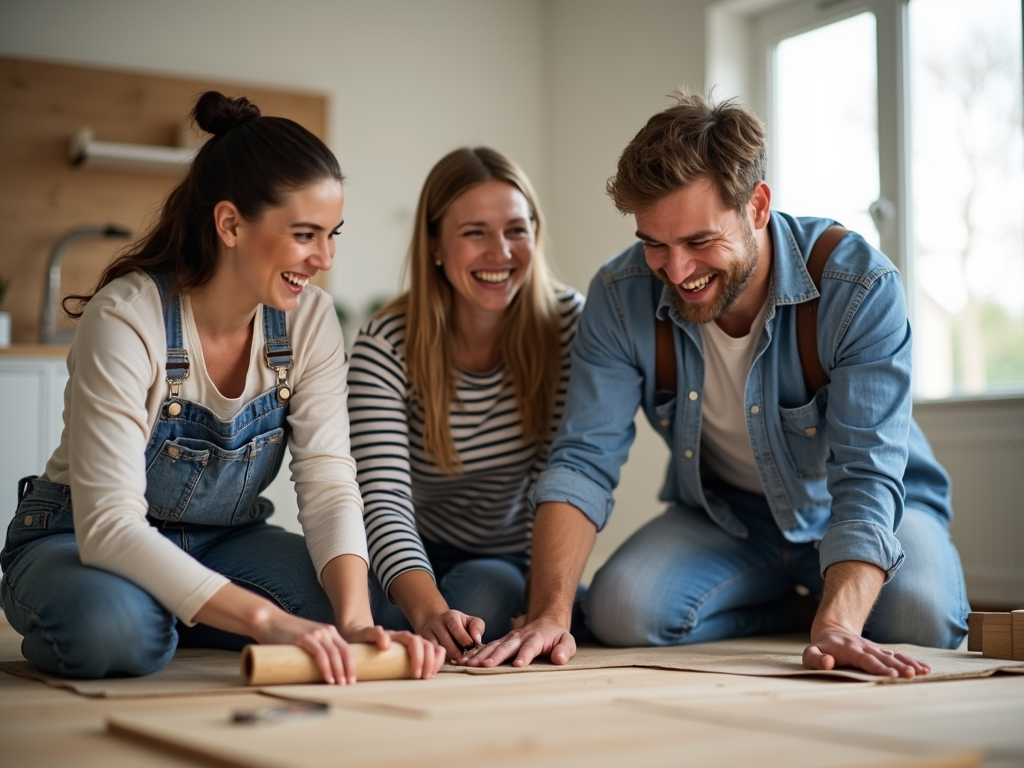
Summary: Eco-friendly home improvement projects are a smart, simple way to upgrade your space and care for the planet. Refresh old furniture with new fabric, pick sustainable materials, and maintain them with natural cleaners. Every choice—like LEDs or indoor plants—adds up. Start small, stay curious, and enjoy a greener home.


